what happened to the mandan village after the lewis and clark expedition? weegy
Mih-Tutta-Hangjusch, a Mandan village
Karl Bodmer (1809–1893)
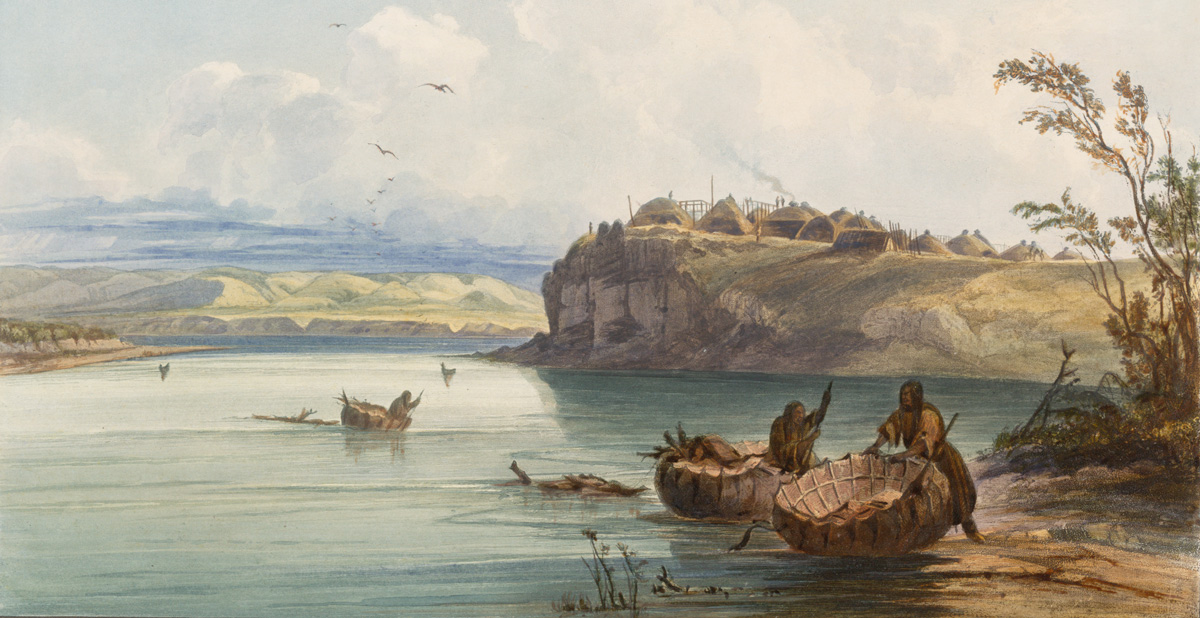
Rare Book Partition, The New York Public Library. [1] "Mih-Tutta-Hangkusch, Mandan Dorf. Mih-Tutta-Hangkusch, hamlet Mandan. Mih-Tutta-Hangjusch, a Mandan hamlet." New York Public Library Digital Collections. Accessed 12 June 2019. … Go along reading
In the first record of European contact in 1738, La Vérendrye, reported nine villages of Mandan People living near the Heart River in nowadays-day Northward Dakota. [ii] Frederick Webb Hodge, Handbook of American Indians Due north of Mexico, Vol. 2 (Washington: Smithsonian Establishment Bureau of American Ethnology, Regime Press Part, 1910), 797. When Lewis and Clark passed that river, they saw only the ruins of those villages. After the 1781 smallpox epidemic, the Mandan had moved into to a more defensible position in two villages immediately south of the Hidatsas at the Knife River. The Mandan-Hidatsa alliance had developed many years prior, and the two tribes previously shared their big hunting territory to the west. [3] W. Raymond Forest and Lee Irwin, Handbook of North American Indians: Plains Vol. xiii, ed. Raymond J. DeMallie (Washington, D.C.: Smithsonian Institution, 2001), 349.
Prolific Traders
These Siouan-speaking people practiced horticulture and hunting in the fashion of the Plains Hamlet tradition. They were also prolific traders, exchanging their garden produce and acting as middlemen betwixt European traders and other tribes including Assiniboines, Blackfeet, Crees, Crows, Pawnees, and—writes trader Pierre-Antoine Tabeau in one of his characteristic hyperboles—"an infinity of others." [4] Pierre-Antoine Tabeau, Tabeau's Narrative of Loisel's Expedition to the Upper Missouri River, ed. Annie Heloise Abel, translated from French by Rose Abel Wright, (Norman: University of … Go on reading
When Lewis and Clark arrived in the fall of 1804, Mandan trade with Canadian-based commerce had long been established. For at to the lowest degree two decades European traders had intermarried and raised families in Mandan villages. [5] The Souris River route connected the Mandan villages with the English trading posts on the Assiniboine River. For more, encounter on this site, Souris River Trade Route. One notable trader living at the Pocketknife River Villages, was Toussaint Charbonneau who joined the expedition as an interpreter and who more than famously brought along his Lemhi Shoshone wife, Sacagawea.
Ceremonial and Religious Life
The Mandan people possessed a deep mythology and religious life. Lewis, Clark, and the others of the expedition glimpsed only a small portion, and understood fifty-fifty less. [6] For a fuller exploration into Mandan mythology and faith and the trek members' understandings of them, see Thomas P. Slaughter, Exploring Lewis and Clark: Reflections of Men and … Proceed reading
During the cold January days at Fort Mandan, the journalists tried to explain the Buffalo Dance and the Mandan practice of gaining ability from elders by having them sleep with the younger human being's wife. On 5 Jan 1805, Clark says they sent one of the men to such a ceremony and that he was given four girls. On the 20th of that month, Patrick Gass and Joseph Whitehouse tape a ritual of offering nutrient to a buffalo head. Gass wrote, "Their superstitious credulity is so keen, that they believe by using the head well the living buffaloe will come and that they will go a supply of meat." Whitehouse also added:
The political party who was at this Village as well say that those Indians, possess very strange and uncommon Ideas of things in full general, They are very Ignorant, and have no Ideas of our forms & customs, neither in regard to our Worship or the Deity &ca.
On 25 October 1804, Clark records the Mandan custom of cutting the first joint of a finger when mourning the loss of a relative. On 21 February 1805, the captains are told nearly the Mandan medicine rock, and on their return to St. Louis, Clark records the Mandan cosmos story (see 18 August 1806). Notably missing from the journalists accounts are personal and tribal bundles, the Okipa ceremony, Turtle Drums and a multitude of sacred beings. [7] The journalists' role equally ethnographers in the context of their stay at the Mandan villages is explored in James P. Ronda, Lewis and Clark amid the Indians, Bison Volume ed. (Lincoln: University … Go on reading
The Mythic Madoc Indians
In the years 1795–1797, James Mackay and John Evans explored the Missouri River between St. Louis and the Mandan Villages. Their supporter, the Spanish government, was eager to establish trade. Evans's motivation was in search for the mythic Madoc Indians, but he also made maps. Traveling the aforementioned waterway in 1804, the captains continually confirmed the accurateness of the Evan's maps and would not contribute significant geographic noesis until after they left Fort Mandan on 7 April 1805. [8] For a comparing of Evans' and Clark's maps, see on this site, Clark's Fort Mandan Maps.
Possibly the Mandan people had difficulty understanding the Euro-American search for a North American tribe that was descended from Welsh Prince Madog—the mythic Madoc Indians. Jefferson specifically asked Lewis to look for such a tribe, and at the time of the expedition, the prime candidates were the Mandans. The people did have a genetic predisposition for premature graying, but piffling else to back up the theory. The captains took a vocabulary of their linguistic communication, but gave no opinion. The other journalists reporting hearing a brogue or seeing lite complexions amid various tribes they encountered. The Mandan connectedness may accept faded abroad, but later on his 1832 visit with the Mandan, artist George Catlin renewed the myth. Despite at that place being no solid archaeological, linguistic, or genetic evidence, many people today think the lost tribe has been, or volition exist, found. [nine] Woods and Irwin, 350; Aaron Cobia, "Prince Madoc and the Welsh Indians: Was in that location a Mandan Connection?," We Proceeded On, Baronial 2011, Vol.37 No. three, Page sixteen. Available at … Go along reading
Afterwards the Expedition
In 1837, the Mandans were virtually destroyed when the steamboat St. Peters brought smallpox to the Fort Clark village. In 1845, the Knife River Mandan and Hidatsa made a historic motion to the Like-a-Fishook village, and the Fort Berthold trading mail was soon built nearby. Years later, an American armed forces post was added, and the Fort Berthold Reservation was established.
Today, the Mandan are part of the Iii Affiliated Tribes too known equally the Mandan, Hidatsa, and Arikara Nation. Stories of notable members can be viewed on the page Run across the Three Affiliated Tribes. For a geo-political analysis of traditional land holdings, see Fort Berthold Reservation.
Synonymy
This limited synonymy is meant to assist the Lewis and Clark reader. Spellings from the journals are enclosed in brackets. [x] Moulton, Journals, iii:201n5 and 202, fig. 4. For a full synonymy, see Douglas R. Parks, Handbook of North American Indians: Plains Vol. 13, 362–64.
Mandan People: Mandane, Mantannes, Mantons, Mendanne, Mandanne, Mandians, Mandols
Mututahank village: [Matootonha, Ma-too-ton-ka, Mar-as well-ton-ha], Mih-Tutta-Hangkusch, Métutahanke, Mitutahankish, Mitutanka, enumerated equally Offset Mandan Village
Ruptáre village: [Roop-tar-hee, Roop-tar ha], Ruhpatare, Rùptari, Ruptadi, Nuptadi, Posecopsahe (Black Cat), East Hamlet, enumerated every bit Second Mandan Village
Selected Pages and Encounters


The writer proposes a few metaphors for the Lewis and Clark story, not in whatsoever definitive way, but just to help us all think near the legacy of the trek.
More...
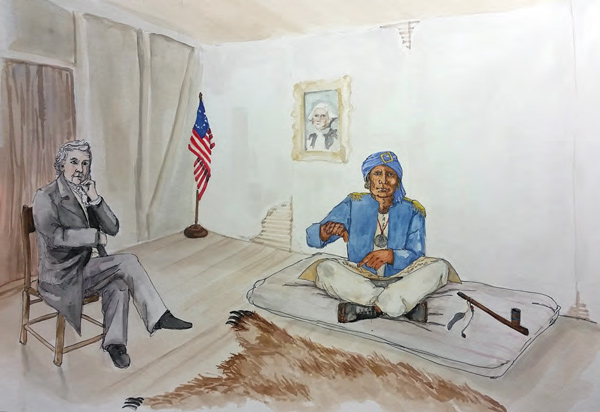
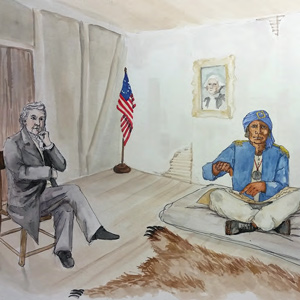
This Arikara leader rode upriver with the expedition in the weeks that followed to negotiate a peace settlement with the Mandan. In the jump of 1805 he went down river with the keelboat to St. Louis. Later a serial of delays, he went to Washington, DC, to meet with President Jefferson.
More...
In response to the captains' requests for a Mandan-Arikara peace agreement, exclusive trade with St. Louis, and a Mandan delegation to visit Washington City, Posecopsahe initially gave favorable responses.
More...
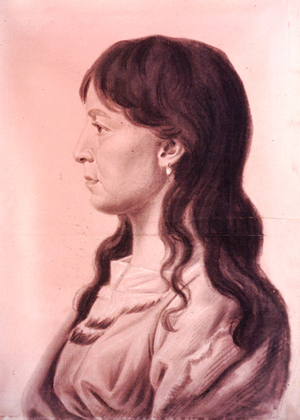

Sheheke and his wife, Yellow Corn, would visit Washington Metropolis at the asking of the captains. It would be years earlier they could safely exist returned to their people.
More...
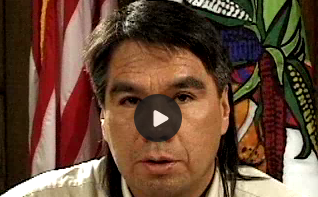

My name is Tex Hall. I'm the tribal chairman of the Three Affiliated Tribes . . . the Mandan, Hidatsa and Arikara Nation . . . hither at Fort Berthold at present mean solar day New Town, N Dakota. I would like to speak a picayune Hidatsa because I am Mandan and Hidatsa.
More...


After leaving Fort Mandan on 7 Apr 1805, the expedition traveled for several days through Hidatsa territory. Much of that area would get the Fort Berthold Reservation of the Three Affiliated Tribes, a coalition of Hidatsa, Mandan, and Arikara.
More...
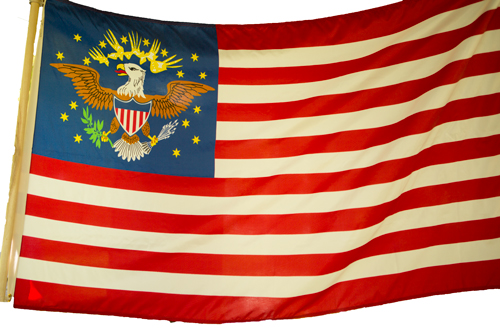

Lewis and Clark normally distributed flags at councils with the chiefs and headmen of the tribes they encountered—one flag for each tribe or independent band.
More...
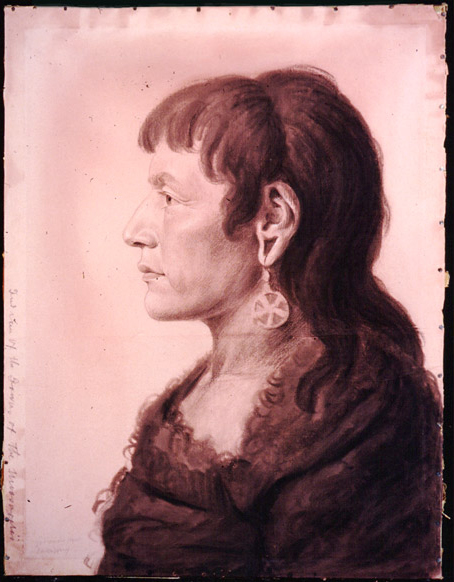

Sheheke'southward diplomatic trip to Washington City and his difficult return abode brought down the careers of at to the lowest degree ii great leaders—himself, and Meriwether Lewis.
More...
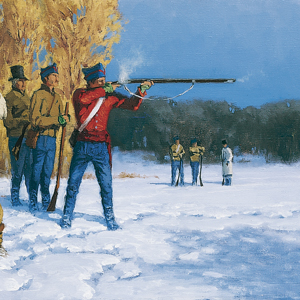

Winter Army camp at Wood River, IL Clark stages a shooting contest with the locals and notes that 2 men (perhaps Reed and Windsor) were drunk. He meets with a new washer woman, and a company tells him near the Mandan Indians and their country. The captains begin their weather diaries.
More than...
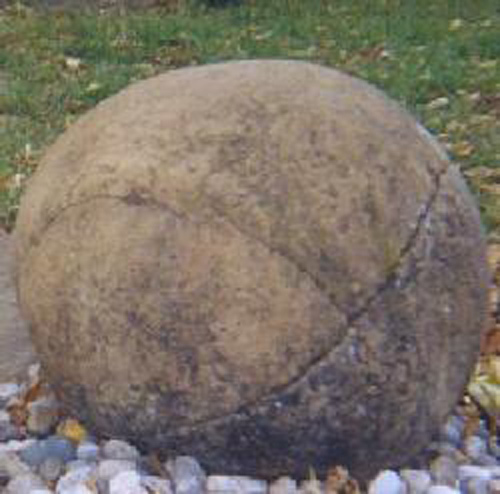

Fort Rice, ND Shortly later starting up the Missouri, they see two traders who had recently been robbed. The two turn around and travel with the expedition. In passing the Cannonball River, a 'cannon brawl' rock is selected for a new anchor.
More than...
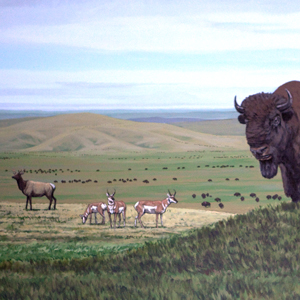

Higher up Graner Bottoms, ND With a favorable wind, the trek makes 17½ miles stopping near the mouth of the Trivial Heart River in present-solar day Northward Dakota. Along the way, they meet large herds of bison and elk, aureate eagle nesting areas, and an old Mandan village.
More...
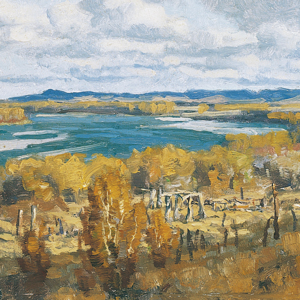

Heart River, ND Clark finds a Mandan village abandoned considering of Sioux attacks. Pierre Cruzatte wounds a grizzly behave and a buffalo cow, and he is chased by both.
More...


Washburn, ND The morn brings snow and rain as the boats make seven more miles upward the Missouri reaching a Mandan camp. The captains, Too Né, and a Mandan chief encounter with ceremony and smoking.
More...
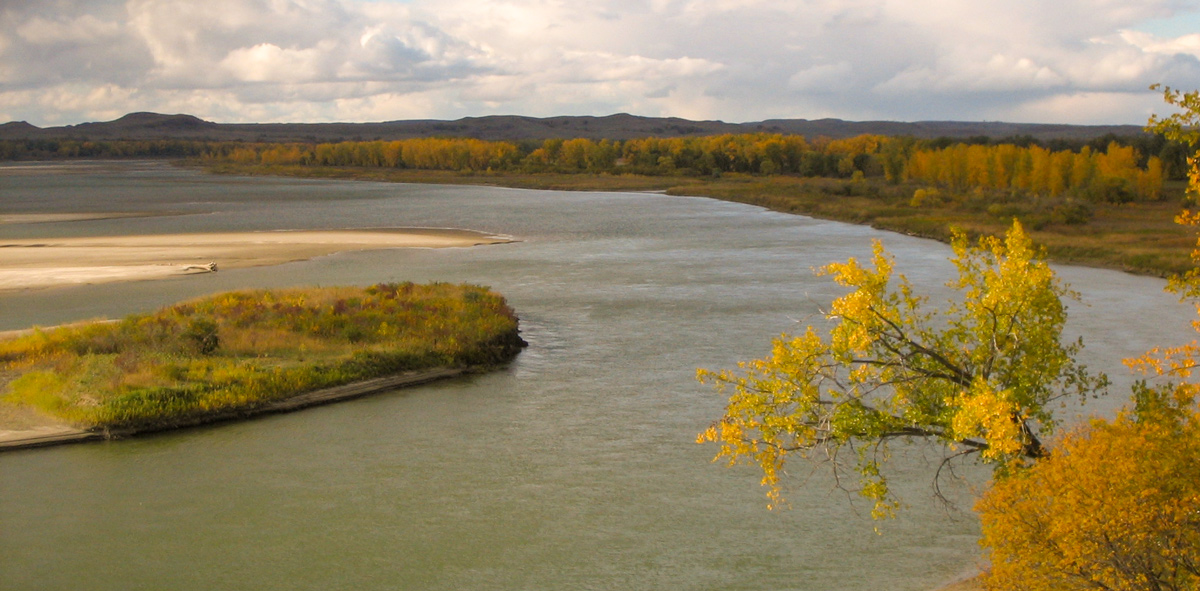
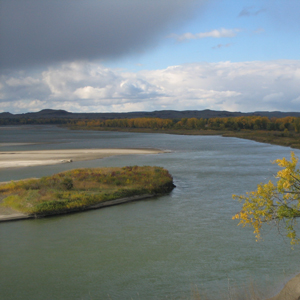
Below Stanton, ND The expedition continues up the Missouri River higher up nowadays Washburn stopping frequently to talk with various Mandans. Due to numerous sandbars, finding a good aqueduct becomes difficult. They hear news that some Assiniboines have recently killed a French trader.
More...
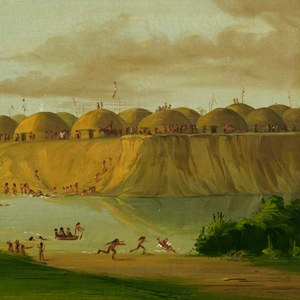

Ruptáre, 2nd Mandan village, ND The expedition travels four miles amongst a complex of Mandan and Hidatsa villages. They find René Jusseaume living at that place and hire him as an interpreter.
More...
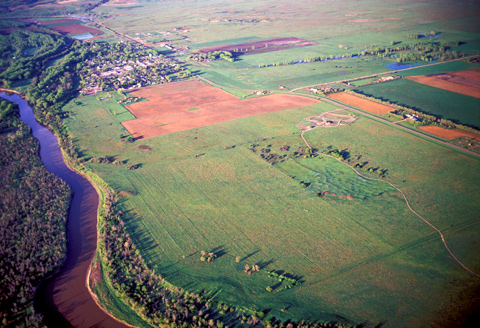

Reaching the mouth of the Knife River on 27 October 1804, the expedition arrived in the midst of a major agronomical center and marketplace for a huge mid-continental region. The five permanent earth gild communities there offered a panorama of gimmicky Indian life.
More...
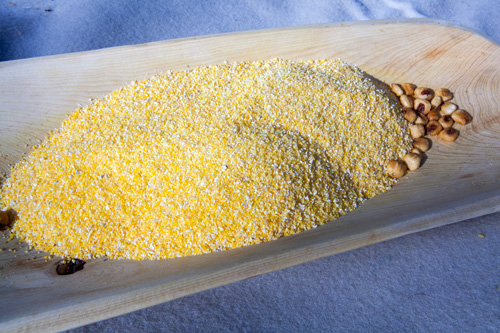
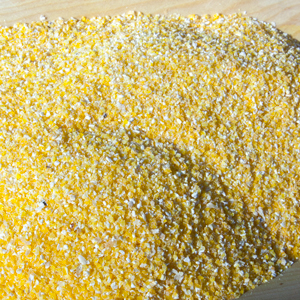
Ruptáre, 2nd Mandan village, ND The Indian council planned for today is postponed due to high winds. Nearby Indians visit none-the-less, and Posecopsahe (Black Cat), Clark, and Lewis look for a place to build winter quarters.
More...
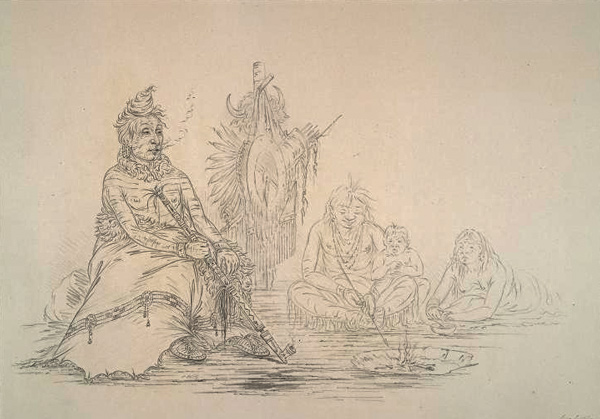
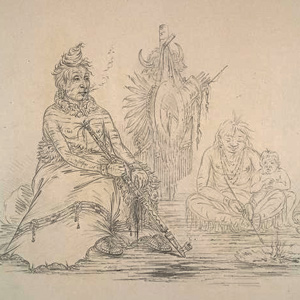
Ruptáre, second Mandan hamlet, ND The standard diplomatic speech is given at a council with the Mandans and Hidatsas. The captains enquire them to as well smoke the piping of peace with Arikara Master Too Né. Medals, flags, and clothing are given as gifts.
More...
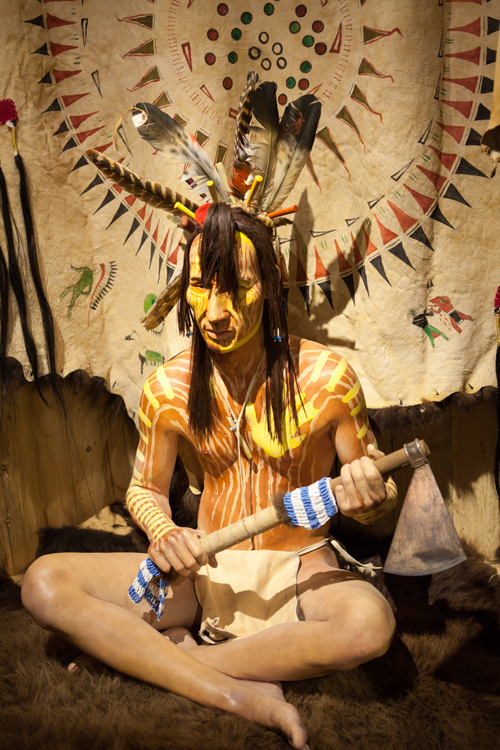

Ruptáre, second Mandan hamlet, ND Posecopsahe (Blackness True cat) gives a voice communication wishing for peace and returns two of the French traders' stolen beaver traps. Lewis writes a letter of the alphabet to the North Due west Company conservative at Fort Assiniboine.
More...
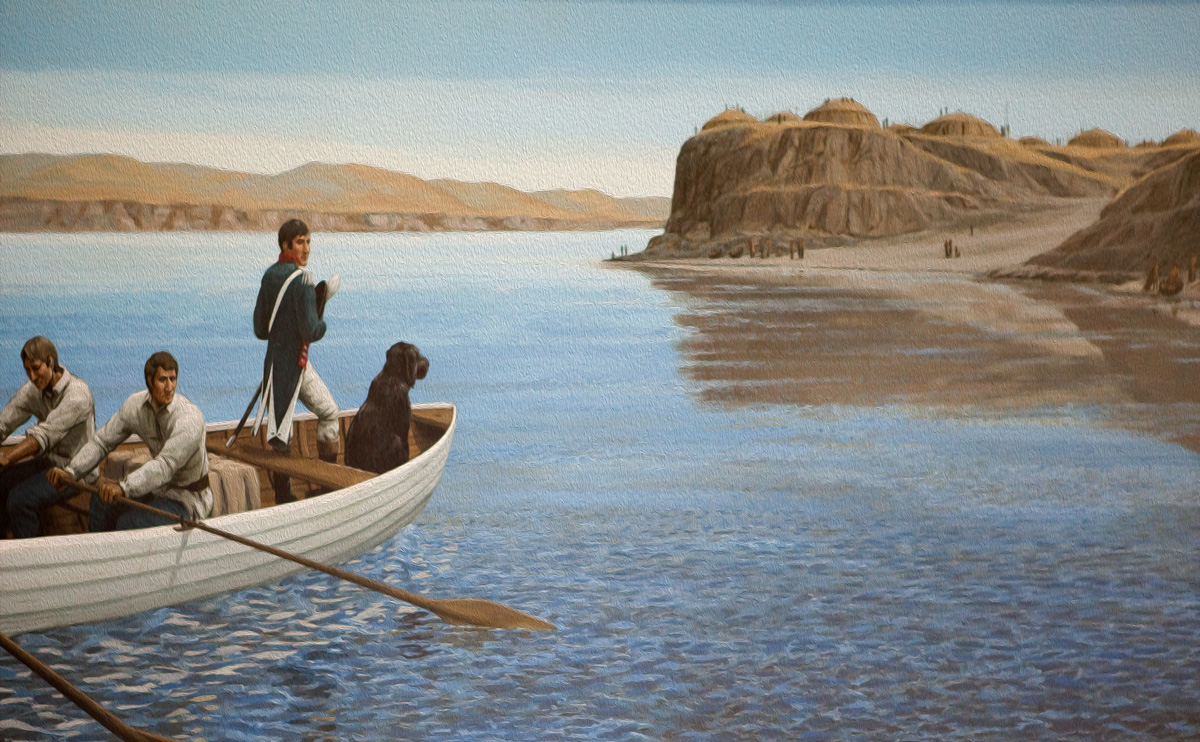
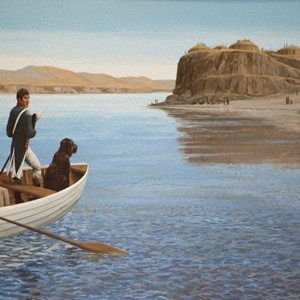
Ruptáre, second Mandan village, ND Clark takes a group down the river to observe a suitable site for winter quarters. Lewis, with the principal party, arrives at camp afterwards dark.
More...
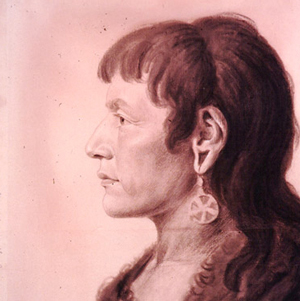

Fort Mandan, ND Sheheke (Big White), chief of the Mitutanka hamlet, and his wife, likely Yellow Corn, visit Fort Mandan. She carries 100 pounds of meat and Sheheke tells the Mandan creation story.
More...
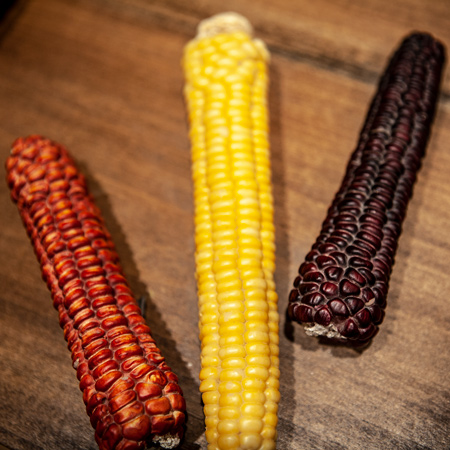

Fort Mandan, ND Black True cat's wife brings corn carried on her back, and he tells the captains how their promises sound much like the unfulfilled promises previously given by Spanish trader John Evans.
More...
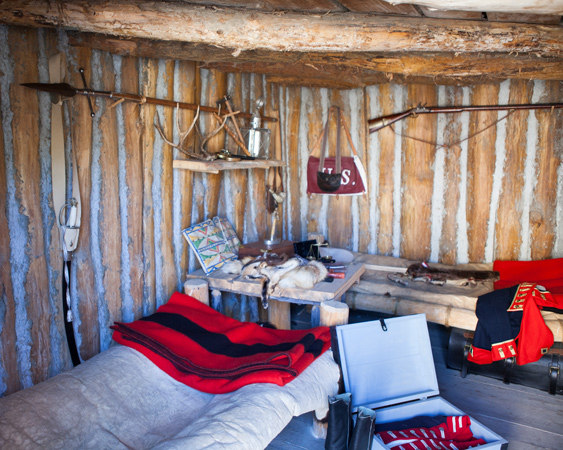
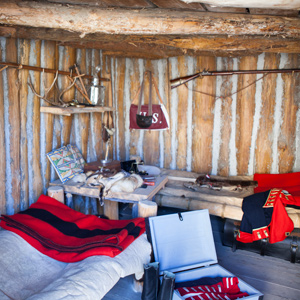
Fort Mandan, ND Three chiefs from the Ruptáre hamlet say that the Sioux will punish the Arikaras if they follow the captain's peace initiatives. Charbonneau brings a large load of meat and furs, and the captains motion into their room.
More than...
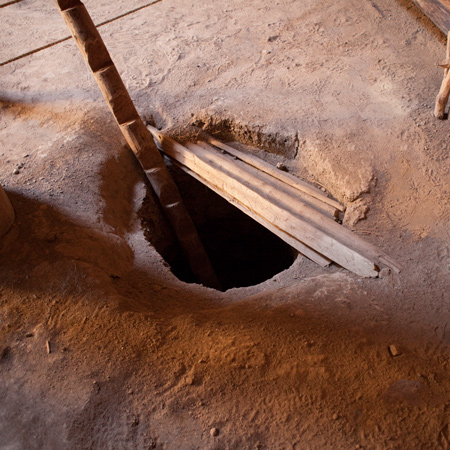

Fort Mandan, ND At the interpreter's army camp just outside of Fort Mandan proper, an Indian threatens to kill his wife for having slept with Sgt. Ordway. Ordway gives the homo gifts, and Clark advises that the couple leave and "live happily together."
More...
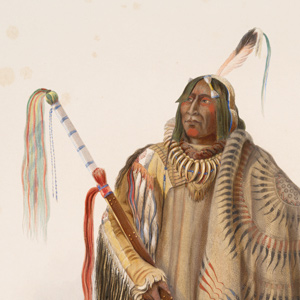

Fort Mandan, ND Lewis returns with two Hidatsa chiefs, and the captains larn that the Mandans and one fur trader have been telling lies to the Hidatsas to keep them abroad from the fort.
More...
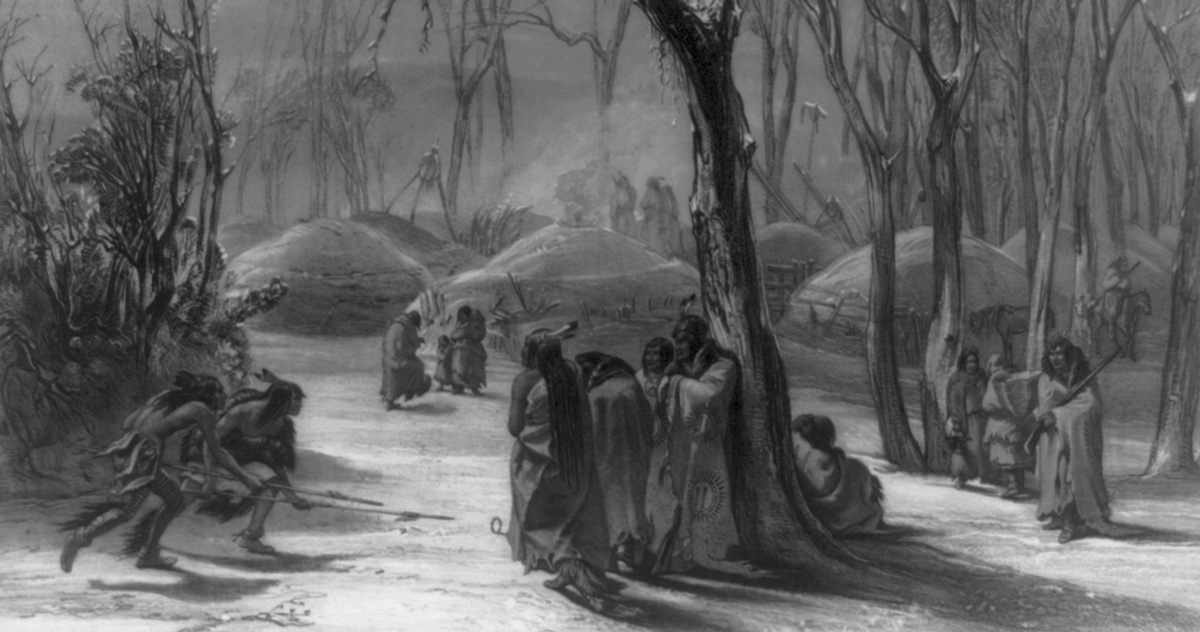

Fort Mandan, ND Responding to news of a mortiferous Sioux and Arikara set on on Mandan and Axaxawi Hidatsa hunters, Clark leads a military machine force to Mitutanka to assemble warriors and pursue the Sioux. His intentions are appreciated, merely he is convinced to abandon the program.
More...
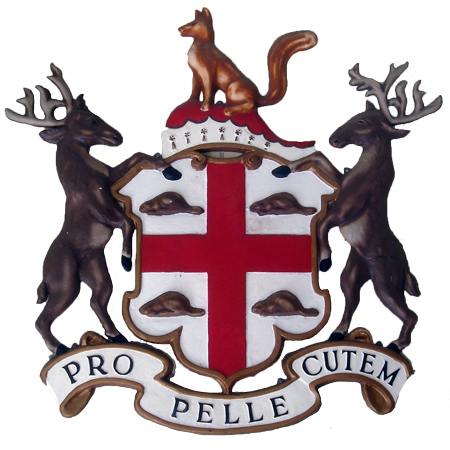

Fort Mandan, ND George Henderson of the Hudson'due south Bay Company visits, and Sgt. Ordway describes their business at the Knife River Indian villages. A delegation of Cheyennes and Arikaras arouse Mandan suspicions.
More...
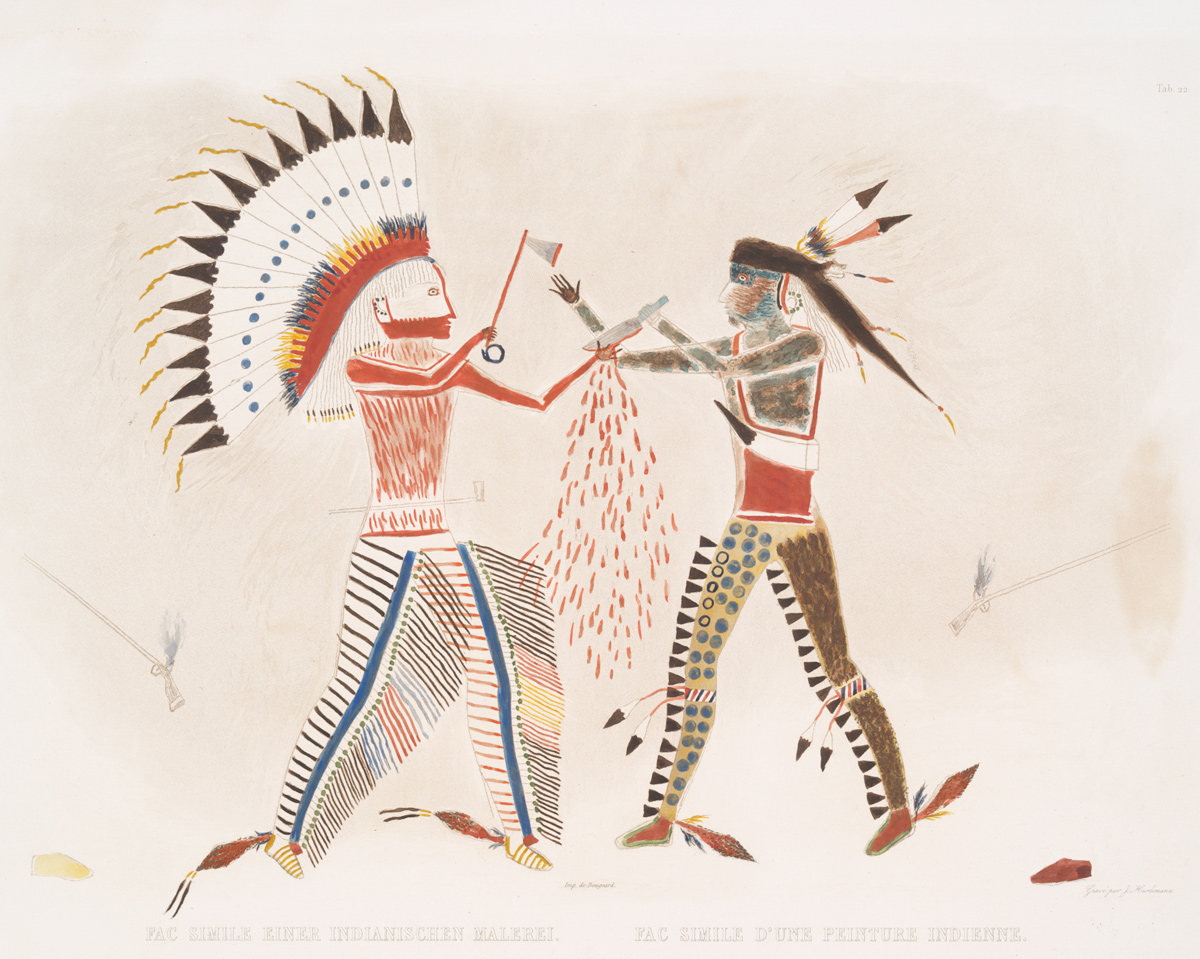
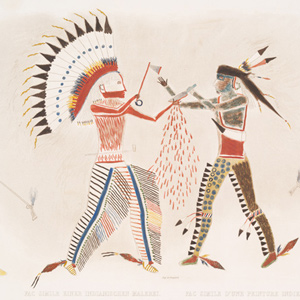
Fort Mandan, ND When four Cheyennes arrive, the captains requite the standard diplomatic speech, gifts of tobacco, a flag, and demonstrations of many 'curiosities.' A letter of warning to the Sioux and Arikaras is also handed to the visitors.
More...
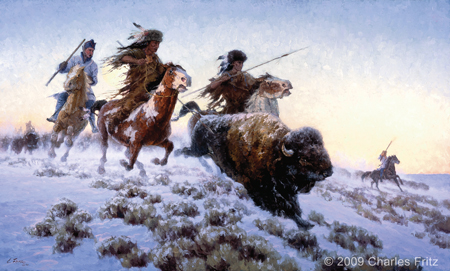
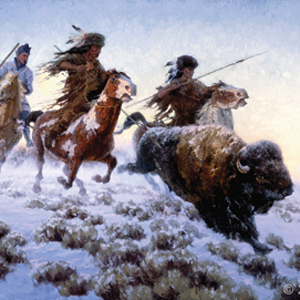
Fort Mandan, ND Some Mandans tell the captains that there is a large buffalo herd nearby, and Lewis organizes a group of hunters. Gass is impressed with the ability of the Indian hunters and their well-trained horses.
More...

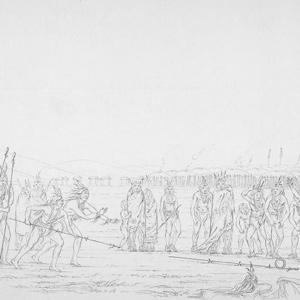
Fort Mandan, ND Ordway and two others visit a Mandan village to trade for corn. There, they come across men playing a game involving rolling a stone and sliding sticks beyond a large ice field.
More...

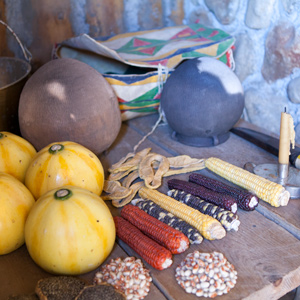
Fort Mandan, ND Many Indians bring squash, corn, and beans. The wife of Footling Raven cooks a Mandan care for for the captains while the enlisted men manage 'big crowds' in their quarters.
More...


Fort Mandan, ND New Year'southward solar day is historic with cannon fire and several men are immune to visit a nearby Mandan hamlet to celebrate and dance. Clark orders York to dance. The day is warm with pelting only the night is cold and snowy.
More...
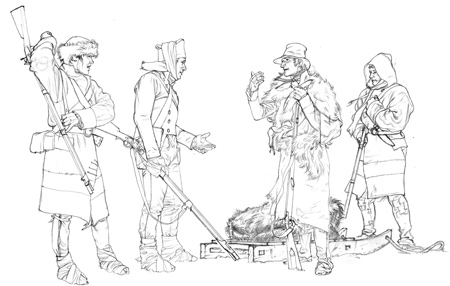
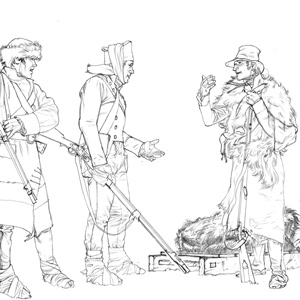
Fort Mandan, ND The weather warms enough to encourage hunters to go out. They kill a buffalo calf. Niggling Raven visits the fort, and he is given gifts.
More...


Fort Mandan, ND With data gathered from traders and Indians, Clark works on his map of the west. He also describes the Mandan's Buffalo Dance anniversary.
More than...
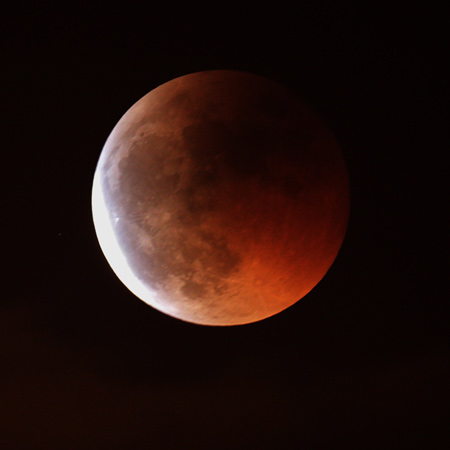

Fort Mandan, ND In the early morning hours, celestial observations are made during a lunar eclipse. The captains receive their offset Hidatsa visitors since November.
More...
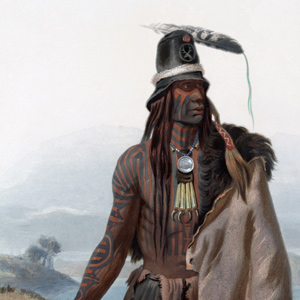

Fort Mandan, ND Warm weather melts the snow on the Fort Mandan roofs as the captains attempt to smooth over a spat between the Hidatsas and Mandans and broker peace between Seeing Serpent and the Shoshone.
More...


Fort Mandan, ND The men awake to four inches of fresh snowfall and get most their 'common' mean solar day. Sleds are fabricated and traded for Indian beans and corn.
More...
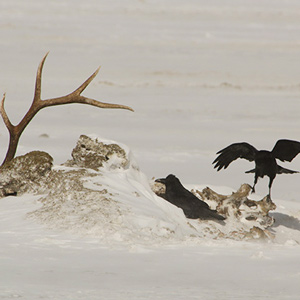

Fort Mandan, ND Lewis entertains Mandan Ruptáre chief Posecopsahe (Black Cat) and his wife, and he thinks the primary may exist useful in promoting American interests. Abroad from the fort, Clark has a pen built to go along the scavengers away from the harvest of the hunt.
More...
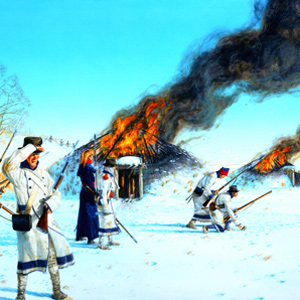

Fort Mandan, ND Lewis and his men go on their pursuit of a Sioux war political party and come up to an one-time Mandan hamlet where the hunter'due south cache of meat that has been pillaged and two lodges set afire.
More...
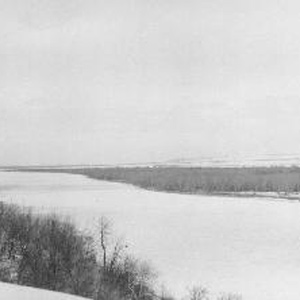
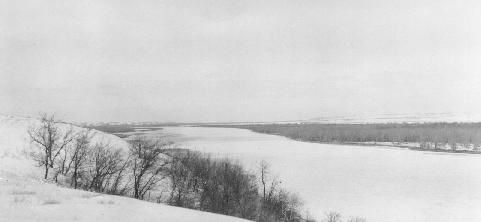
Fort Mandan, ND Clark learns about the death of a very former Mandan Indian who is interned in a way that will return him to the "old village under footing."
More...
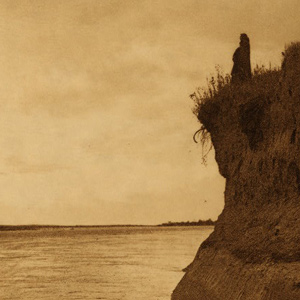
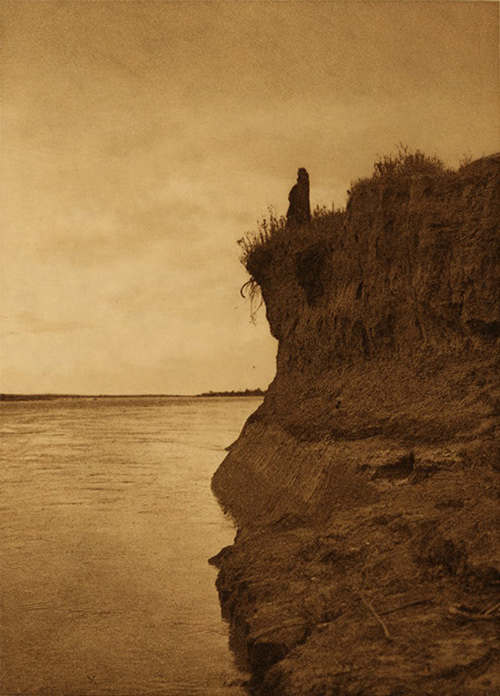
Fort Mandan, ND Big White (Shekeke) and Big Man tell Clark that several Mandan men went to consult their "Medison Stone." Lewis'south political party returns with about three,000 pounds of meat.
More...
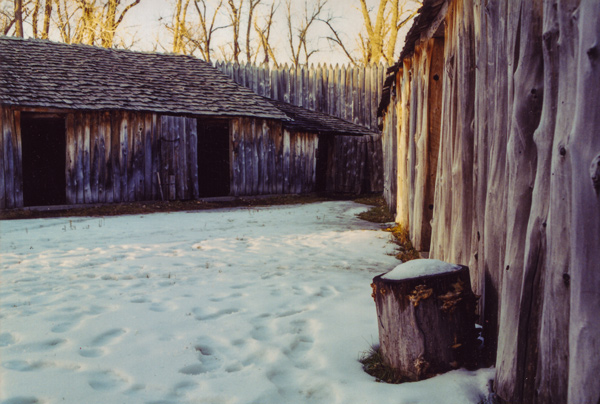

Fort Mandan, ND Fort Mandan receives its start rain since last November. Lewis's hunting group rests while the others work to free the boats from the river's snow and ice.
More...


Fort Mandan, ND Traders arrive with news of the Arikaras and Sioux and 2 plant specimens. About six miles from the fort, several men cut down cottonwood trees to make dugout canoes.
More than...
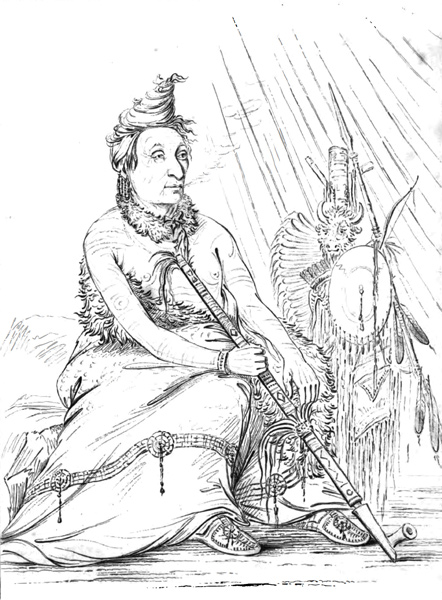

Fort Mandan, ND Visiting Indians tell the captains how the Mandan and Awaxawi Hidatsas were decimated by wars and smallpox, the reasons they banded together into 5 villages.
More than...
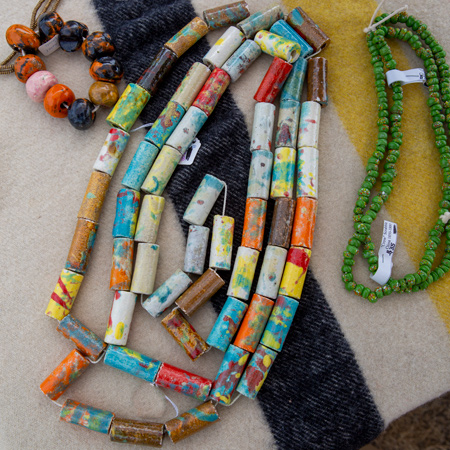

Fort Mandan, ND Long-time Upper Missouri Villages trader Joseph Garreau shows the captains how the Indians melt glass trade chaplet and re-make them more to their liking.
More...
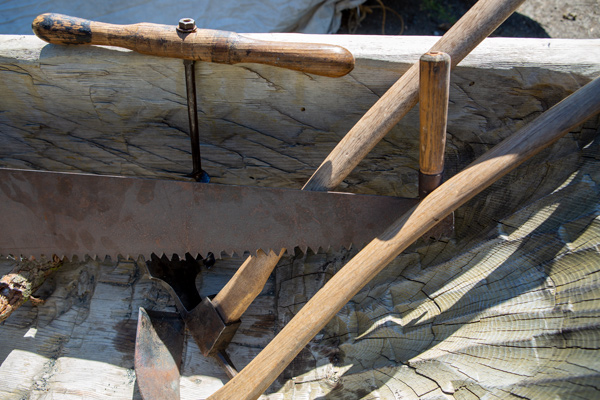

Fort Mandan, ND Clark and six men join a large group at canoe army camp and move four dugout canoes to the river'south edge.
More...
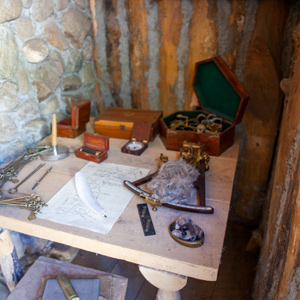
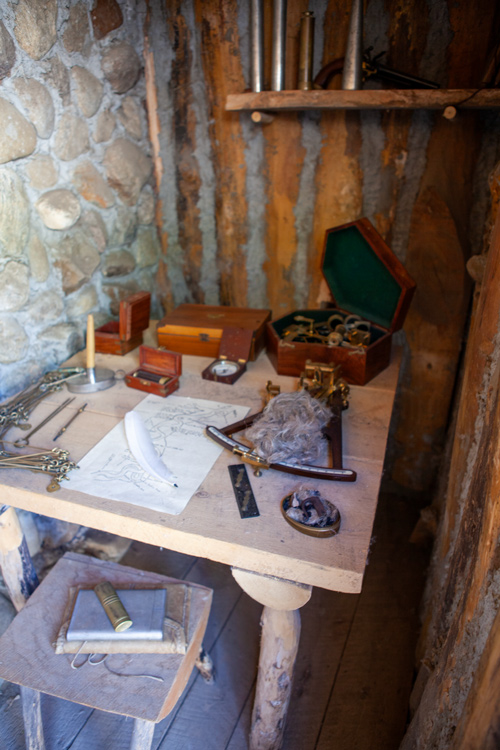
Fort Mandan, ND Traders Charles McKenzie and François-Antoine Larocque leave Fort Mandan, and a Hidatsa Indian provides an Indian vocabulary of his language.
More than...
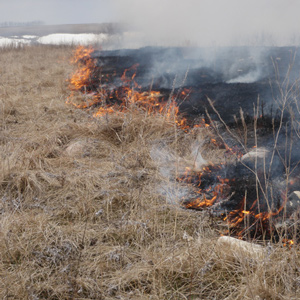

Fort Mandan, ND The Indians' ability to leap from one ice cake to another while pulling dead buffalo from the river amazes Clark. The Indians also burn the dead winter grass to promote new growth.
More...
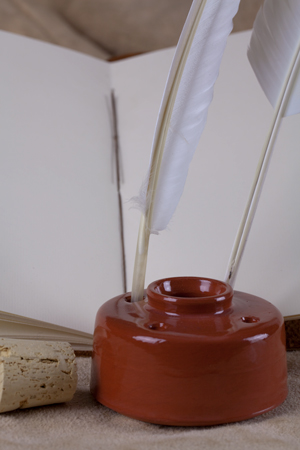

Fort Mandan, ND Clark works all day and into the nighttime preparing his journals to transport to Thomas Jefferson or whomever the new president might exist.
More...
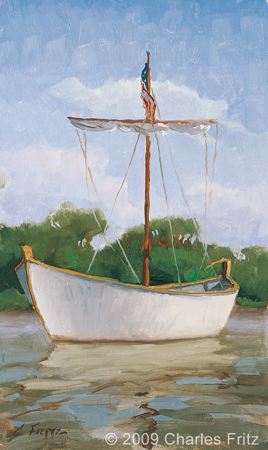

Fort Mandan, ND The men load the ii pirogues and 6 dugout canoes. Gass recalls the Indian sexual practices experienced during his stay at Fort Mandan.
More...


White World River and Four Bears Village, ND While hunting elk, Pierre Cruzatte accidentally shoots Lewis through the buttock. Clark meets fur traders who share news of the keeled boat, Indian wars, and shifting merchandise alliances.
More...

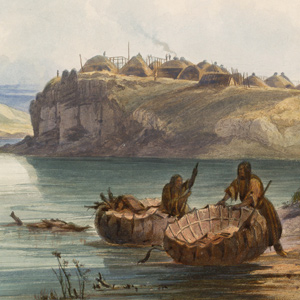
Knife River Villages, ND Early on in the day, the expedition greets their sometime friends at the complex of Hidatsa and Mandan villages at the Knife River. They meet with various chiefs, and Clark invites them to travel with the expedition to Washington Metropolis.
More...


Pocketknife River Villages, ND Mandans gift more corn than the trek boats tin carry. As departing gifts, the swivel gun is given to Hidatsa Chief Le Borgne and the blacksmith tools to Charbonneau. Sheheke (Big White) agrees to go to Washington City.
More...
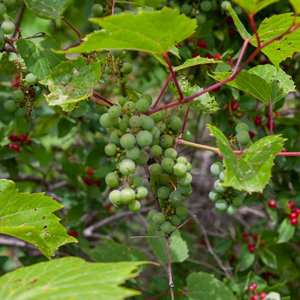

Below the Center River, ND Despite windy conditions, the trek makes forty miles. As they pass abandoned village sites, Main Sheheke (Big White) tells Clark of his people's history. Almost the Middle River, he tells the Mandan creation story.
More...
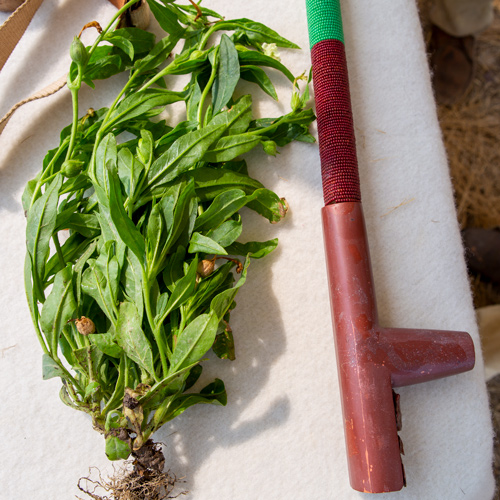
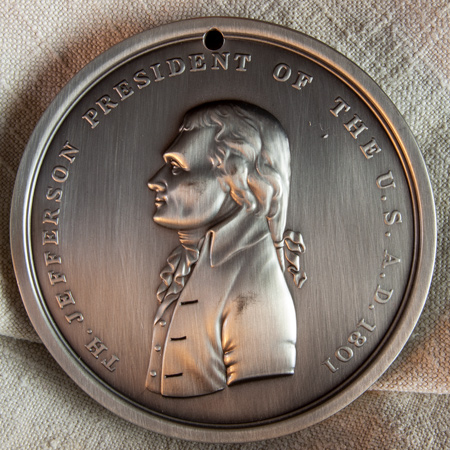
Above Mobridge, SD At the upper and lower Arikara villages, several councils are conducted between the Mandans, various Arikara chiefs, and visiting Cheyennes. The captains run into Rivet, one of their 1804 engagés, who says a principal from an earlier Washington City delegation has died.
More...
Discover More
- The Lewis and Clark Trek: Twenty-four hour period by Mean solar day by Gary East. Moulton (Academy of Nebraska Press, 2018). The story in prose, xiv May 1804–23 September 1806.
- The Lewis and Clark Journals: An American Epic of Discovery (abridged) by Gary E. Moulton (Academy of Nebraska Printing, 2003). Selected journal excerpts, xiv May 1804–23 September 1806.
- The Lewis and Clark Journals. past Gary East. Moulton (University of Nebraska Printing, 1983–2001). The consummate story in 13 volumes.
Source: https://lewis-clark.org/native-nations/siouan-peoples/mandans/
0 Response to "what happened to the mandan village after the lewis and clark expedition? weegy"
Post a Comment